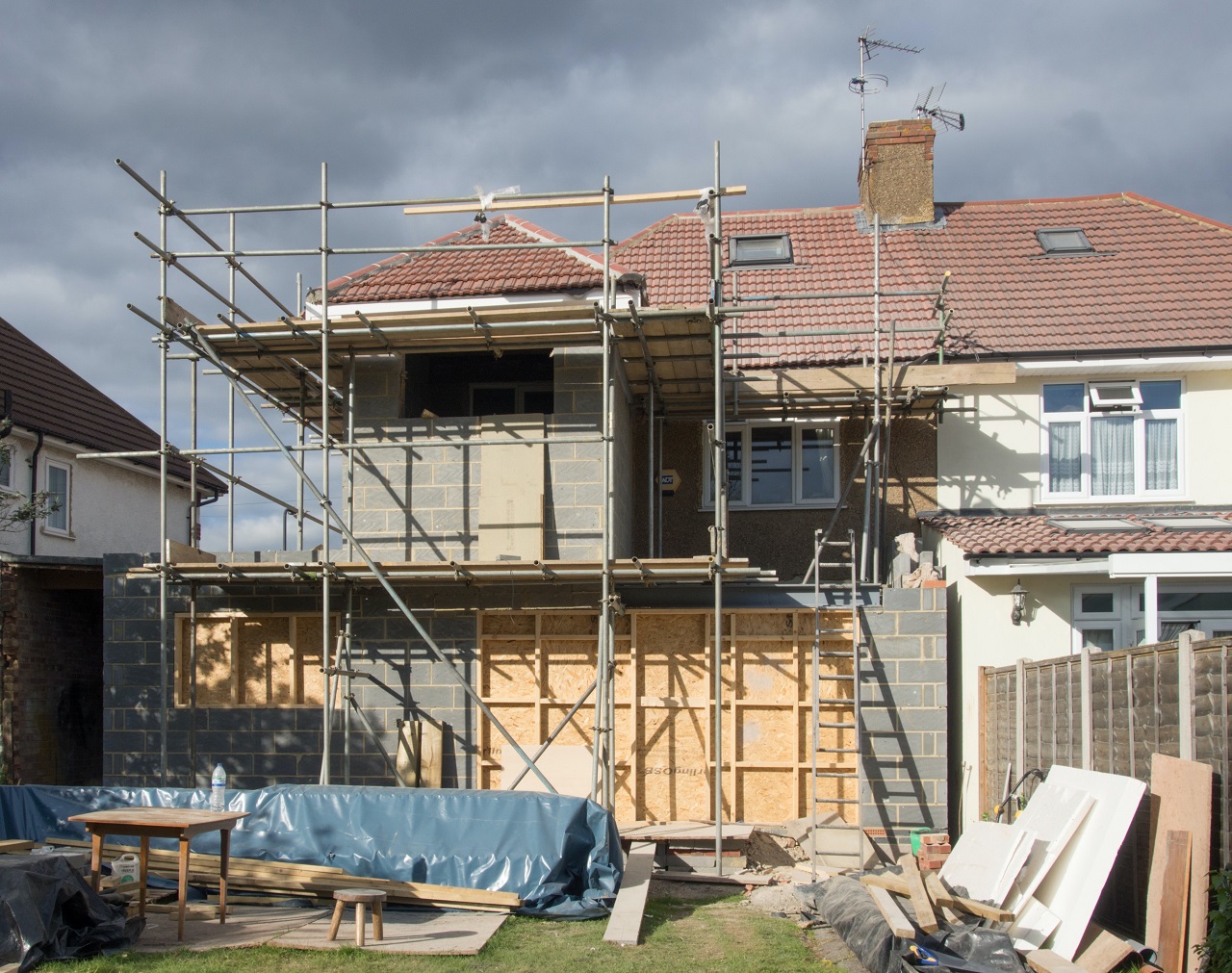It’s no secret that Real Estate is a capital-intensive business. To scale a portfolio to the size necessary to create real wealth and enough passive income to create freedom in your life, you need to have the right strategy.
This article will outline a strategy to do both by leveraging debt properly. If executed successfully, you can buy a rental asset, rehab it, refinance it, and get all capital invested, returned to you while still maintaining possession of the property.
This method is commonly known as BRRR investing (Buy, Rehab, Refinance, Repeat). The term is coined by the minds at biggerpockets.com. The most important part is that, after refinance, your capital is returned, if done correctly.
This is an extremely powerful concept that will allow you to acquire more assets while collecting the cash flow AND maintaining equity from completed BRRR’s.
Real-Life Example
Let’s say you have 100k to invest in rental properties. You hop on the MLS, enlist the help of a local agent, and find some great prospects. After doing due diligence, you identify a property that looks like a good rental. It costs $130,000 and rents for $1500/ month.
The property has already been fixed up by the previous owner and even has a tenant in place. You go to a bank and ask for a traditional loan. The bank approves you for a 30 year fixed mortgage at 75% Loan To Value (LTV). Meaning, they will lend you 75% of the appraised value of the property or $97,500, in this case. That leaves you needing to contribute $32,500 (25%) as a down payment.
Since the property is already in retail condition, after you pay the down payment, the only way to get those funds back is to wait for appreciation to kick in a few years down the road to do a cash out refinance. You’re now left with $67,500 to invest. If you go buy two more properties with the same #’s, you’re out of cash! This is not an effective way to grow a large portfolio.
Now let’s look at the alternative. You find a property that needs a good bit of work. Once fixed up, the #’s are great for a rental. The asking price is $50,000.
You have a few contractors walk the property and determine that it needs $25,000 to get it ready to rent. After enlisting the help of a real estate professional that helps you determine the After Repair Value (ARV), you determine that it will appraise for $100,000 based on similar properties that have recently sold. You purchase the property for $50,000 in cash since a traditional bank won’t lend on it due to the condition. You hire a contractor and rehab the property for $25,000.
After the rehab is complete, you go to the bank and apply for a mortgage. They send out an appraiser. The appraisal comes back at $100,000 as you estimated. You receive $75,000 at closing (75% of $100,000). You now have the acquisition cost plus the rehab cost back in your pocket.
For more on how to find these types of properties, see the related article 5 Ways to Find Off Market Properties
Final Result
Thanks to some accurate underwriting and some hard work, you’re left with:
- A cash flowing asset with $0 of your own money left in the deal.
- $25,000 added to your net worth in the form of forced equity.
- The knowledge and experience to do it again!
Summary
The above scenario is a representation of what happens when everything goes perfectly. The rehab cost was as estimated and it appraised for what was initially estimated.
But what happens when something doesn’t go as planned?
Real Estate doesn’t always go perfectly. Sometimes the rehab runs over budget or you get a bad appraisal. Even if these things happen, the bank will still lend 75% LTV so you may end up leaving a little bit in the deal.
Let’s say you have to leave 10k in the deal at closing. That’s still better than $32,500, isn’t it?!?
Using the value add approach is an extremely powerful strategy to scale a rental portfolio while allowing for capital preservation. It takes a little more work than buying turnkeys but pays off in the end.
See how I used this strategy to Scale My Rental Portfolio and ultimately achieve financial freedom.
Ready to Level Up Your Portfolio?
Get a jump start on generating your own passive income. Partner with me today to learn the ins and outs of my passive investing strategy and to discuss how I can help you increase your income and net worth.

